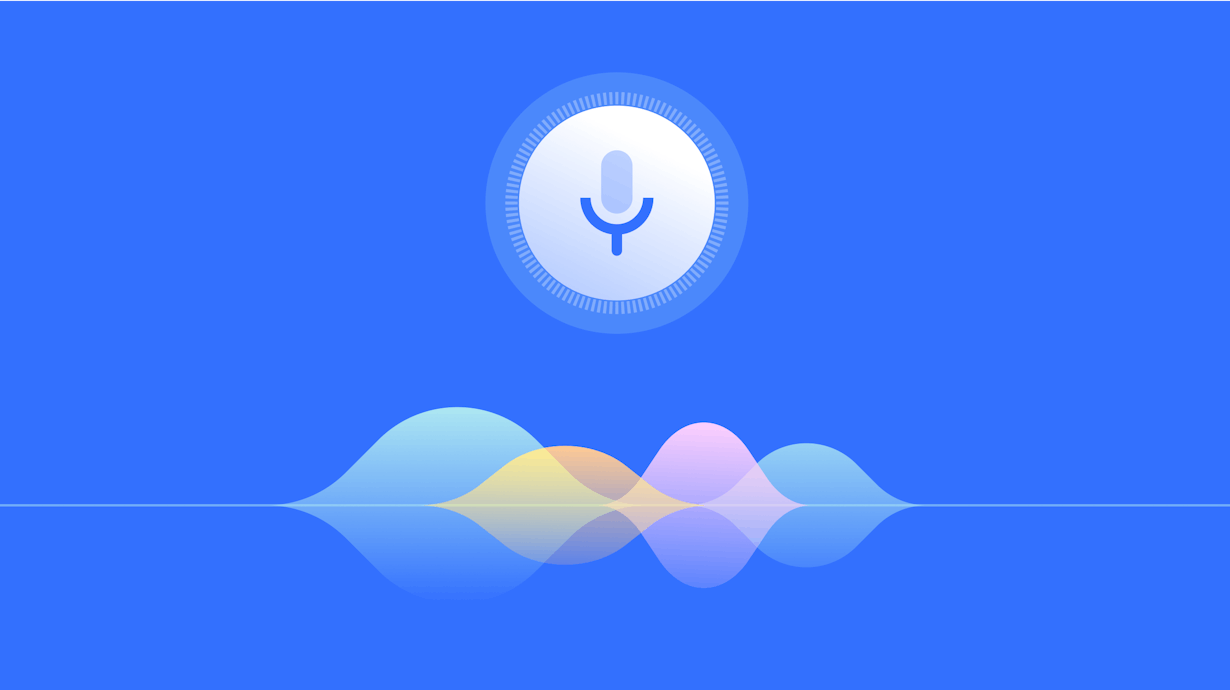Are voice assistant apps the future of customer engagement?
What is the future of voice interaction apps and how can they improve the customer experience? How much of your resources should you devote to voice interactions? Miguel Navarro, Digital Transformation Leader and Patented Inventor, touched on this and more in a recent episode of the Connected by mParticle podcast.

In 2008, Apple opened the app store on the iPhone and changed the mobile landscape forever. The device in everyone’s pocket went from a handful of pre-installed apps to a library of 500 overnight, a number that would grow to 2.2 million in less than ten years. Miguel Navarro, Digital Transformation Leader and Patented Inventor, saw that growth on the horizon, sensed the importance of the app store, and acted immediately. He dropped everything, pretty much disappeared from his social circles, and put all he had into getting good at programming, particularly for the iPhone.
Now that fourteen years later the app store offers a rich, mature ecosystem of products and services, many are looking for the next frontier of digital experiences. Are voice interaction platforms the 2022 version of 2008’s app store?
Voice assistants have been around in limited form for decades, but the technology only reached mass adoption when it was bundled at the operating system level under names like Cortana, Siri, and Alexa. This adoption, along with technical advances in machine-learning and natural language processing means that powerful voice applications are more possible now than ever.
Now anyone with a modern phone, speaker, or laptop has access to one of these voice assistants, but the common use-cases remain small. The largest use-case is hands-free phone operation while driving and there’s also been interesting applications with using voice to control various smart-home functions. Another growing use case: some studies have found that up to 50% of searches for local businesses are done via voice.
“Eventually voice will be everywhere,” Miguel predicts, but admits that it’s difficult to see now because we’re still so early. He believes that all we have done so far in voice interaction are “red button games,” referencing the many one-button proto-apps of 2008 that found success not from complex use cases but from novelty applications that simply showed a glimpse of what was possible. Those one-button proto-apps not only helped programmers and platforms learn to use new technology, but they also helped users become comfortable with that new technology. Miguel compares it to flying cars, and how if flying cars came out tomorrow, they would fail because customers are not ready to immediately take to the air. He argues that the smart strategy wouldn't be to go straight to flying cars, but instead start the customer out with self-driving, then maybe move onto a car that barely touches the ground, then progress to flying. Miguel believes that the voice market is similar. People are not ready to go right into using voice for all of their interactions, but that doesn’t mean it isn’t the place we’re headed.
Specifically, he predicts that it’s the ease of use that will eventually make voice the dominant interaction method, bigger than mobile, and bigger than any comparable technology shift. “Think about how you use your voice… you don’t think about it! You use it all the time to create demands with expected outcomes.” Miguel thinks that’s the next step, and we’ll get there as new companies invest more in the technology.
So, time to invest all of your R&D budgets in voice? Not so fast. Miguel describes it like this: If all of the projects in your company are plants in pots, and you’re watering all of those plants individually, you’re not being as productive as you can be. You’re not planning for the future. Smart companies know that if all of those plants are planted in a single bed of soil, you can improve total growth by watering and fertilizing that soil. By investing in the customer experience today, companies can prepare for the upcoming voice revolution of tomorrow.
“Imagine a voice platform that’s completely brand new, but all the existing data is there,” Miguel explains, looking to the future. “In other words, companies can be planning for voice without even working on it. Work on your larger customer experience strategy, and then that’ll just transfer over.”
“The days where a customer has to go to the business is slowly disappearing, now customers expect you to come to them. Not in the form of ads, but by being there when you need them.” Ultimately, that’s why voice adoption is inevitable. What’s a more natural way for a customer to reach out than with their voice? But that voice application will never go beyond a red-button app unless more smart companies focus on the “soil” and invest in knowing their customer.
If you're interested in more from Miguel, you can check out the full episode. Connected by mParticle is free and available on all major podcast apps, so make sure to subscribe for more insight on how the thought leaders of tomorrow are evolving the customer experiences of today.



